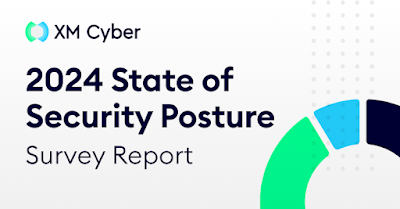China-Linked Hackers Adopt Two-Stage Infection Tactic to Deploy Deuterbear RAT
May 17, 2024
Malware / Artificial Intelligence
Cybersecurity researchers have shed more light on a remote access trojan (RAT) known as Deuterbear used by the China-linked BlackTech hacking group as part of a cyber espionage campaign targeting the Asia-Pacific region this year. "Deuterbear, while similar to Waterbear in many ways, shows advancements in capabilities such as including support for shellcode plugins, avoiding handshakes for RAT operation, and using HTTPS for C&C communication," Trend Micro researchers Pierre Lee and Cyris Tseng said in a new analysis. "Comparing the two malware variants, Deuterbear uses a shellcode format, possesses anti-memory scanning, and shares a traffic key with its downloader unlike Waterbear." BlackTech , active since at least 2007, is also tracked by the broader cybersecurity community under the monikers Circuit Panda, Earth Hundun, HUAPI, Manga Taurus, Palmerworm, Red Djinn, and Temp.Overboard. Cyber attacks orchestrated by the group have long involved the deplo









